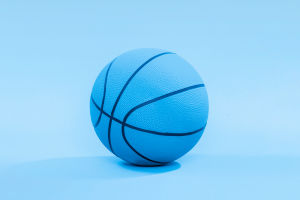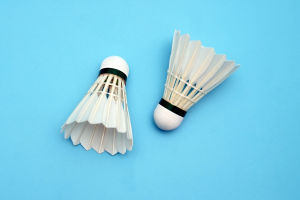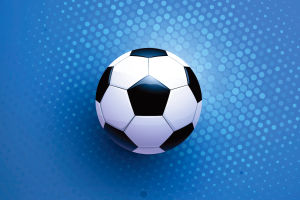The 2024 Paris Olympics are set to be a showcase of athletic prowess and international unity, featuring a diverse array of sports.
Among the many thrilling competitions, ball games stand out for their fast-paced, dynamic nature.
From basketball to soccer, and from handball to volleyball, each sport brings its own unique form of speed and excitement. But which of these ball games truly reigns as the "king of speed"?
Basketball is renowned for its rapid pace and constant movement. In the Olympic arena, the game is characterized by quick transitions, with teams moving the ball up and down the court at breakneck speeds. The 24-second shot clock adds to the urgency, forcing teams to make swift decisions and execute fast plays. Players like Giannis Antetokounmpo and Luka Dončić exemplify the high-speed nature of the game, showcasing their ability to drive past defenders and make fast-paced shots. The speed of basketball is not only evident in the play itself but also in the rapid shifts in strategy and momentum that can occur within seconds.
Soccer, known as football outside the United States, is arguably the most popular sport in the world. It combines endurance with speed, requiring players to cover large areas of the pitch quickly. The pace of soccer is influenced by factors such as the size of the field and the length of the game. While individual moments of brilliance can be incredibly fast—such as a breakaway goal or a rapid counter-attack—the overall speed is tempered by the need for strategic positioning and ball control. The speed of the game is also influenced by the tactical approaches of different teams, which can either enhance or slow down the tempo of play.
Handball is often considered one of the fastest team sports, combining elements of basketball and soccer with a unique twist. Played on a smaller court, handball features fast breaks, quick passes, and rapid shots. The game is marked by its high-scoring nature and continuous action, with players frequently engaging in fast-paced attacks and counter-attacks. The speed of handball is accentuated by the use of a smaller ball, which players handle with their hands, allowing for rapid, precise movements and plays. The intensity of the game and the short duration of matches contribute to its reputation as a high-speed sport.
Volleyball, while perhaps not as renowned for its overall speed as basketball or handball, requires incredible reflexes and quick reactions. In Olympic volleyball, the speed is particularly evident in the spikes, serves, and defensive maneuvers. The fast-paced nature of the game is highlighted by the rapid exchanges of play, with teams needing to react quickly to the ball's movement and the opponents' strategies. The speed of volleyball is often determined by the agility and coordination of players, who must make split-second decisions to execute successful plays and maintain momentum.
When comparing these ball games, several factors come into play. Basketball and handball are both high-speed sports with rapid transitions and continuous action. However, basketball’s larger court and longer game duration can result in more gradual changes in pace, whereas handball’s smaller court and shorter match times contribute to an unrelenting speed. Soccer, while incredibly fast in bursts, involves more strategic pacing, which can sometimes slow down the game. Volleyball, with its quick reflexes and short rallies, demands a different kind of speed, one that is less about continuous movement and more about rapid reactions.
Determining the "king of speed" among ball games at the 2024 Paris Olympics involves evaluating both the nature of the game and the specific demands placed on athletes. Handball stands out for its relentless pace and continuous high-speed action, making it a strong contender for the title. However, basketball’s intense pace and strategic quickness cannot be overlooked. Soccer’s global appeal and the speed of individual moments add to the debate, while volleyball’s emphasis on rapid reactions offers a unique perspective on speed in sports.


